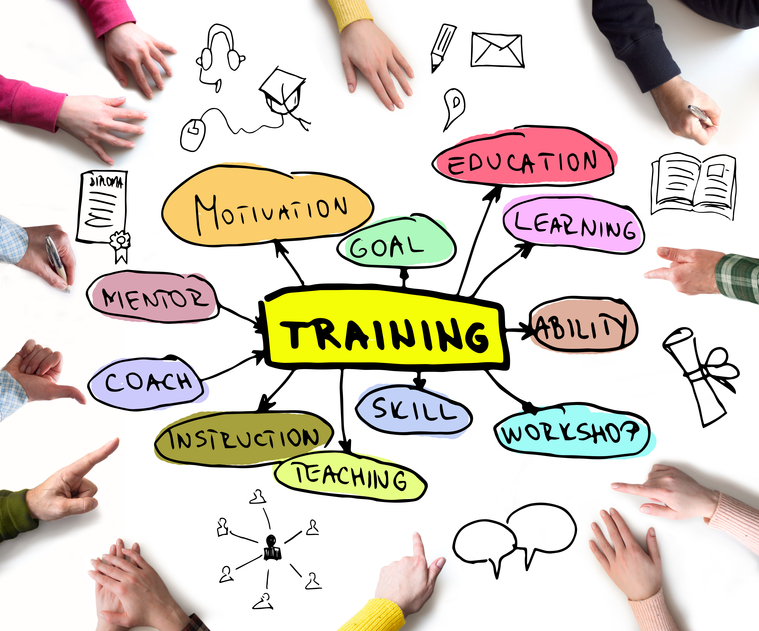By Sandy Pennington
In yesterday’s Advisor, Sandy Pennington, chief people and process officer for Clinicient, provided two tips on how you can begin building a cutting-edge talent development program. Today Pennington continues with three more tips and key takeaways for our readers.
 |
Tip #3: Make It Individualized
Talent development content must not only be accessible but also diverse. Formats should include instructor-led courses, on-demand learning, blended learning, articles, podcasts, webinars, books, and videos. Organizations must develop and incorporate content that can be customized for individual learning needs.
A library of content should be made available for employees to select what they want to focus on. Content can be organized by levels and require completion of specific learnings to advance to a higher level. The higher the level, the more specialized and focused the content should be. This not only helps to structure the learning, but it supports continuous learning.
Tip #4: Make It Engaging
The goal of developing a competitive talent development program is to engage employees and foster a culture of learning. One way to do so is for organizations to gamify the learning experience by rewarding employees with points for completing learning opportunities.
Most valuable to gamification is the ability to socialize the experience. Through the use of leaderboards and an achievements activity feed, you can spotlight engaged participants and celebrate accomplishments. In doing so, you can revitalize a community of driven learners who are helping to advocate for your cutting edge talent management program. This can not only lead to increased engagement, but it also helps the progress of development throughout the organization.
Tip #5: Make It About Your Culture
Core values are at the center of a company’s culture and make up its DNA. To maximize effectiveness, your talent development program should include development activities that align with your core values. This means not only training on the importance of your core values and what they look like in action, but it also means providing development of skills necessary for living those values.
One way of approaching this is to conduct an employee culture survey to identify culture gaps in the organization and then tailor your development activities to address these gaps. When your organization is educated on the importance of your values and has the skills necessary to bring them to life, they will become part of your day-to-day conversations and drive positive change in the organization.
Bottom Line
In order to develop a dynamic approach to talent development, organizations must merge the traditional with cutting-edge techniques. When done properly, these programs will engage employees with competency-based, on-demand learning opportunities, while empowering employees to personalize their own development.
When companies recognize and reward engagement of employees, they will energize learning and development. The end result will be a motivated community of employees who are helping to drive demand and accelerate development across an organization.
